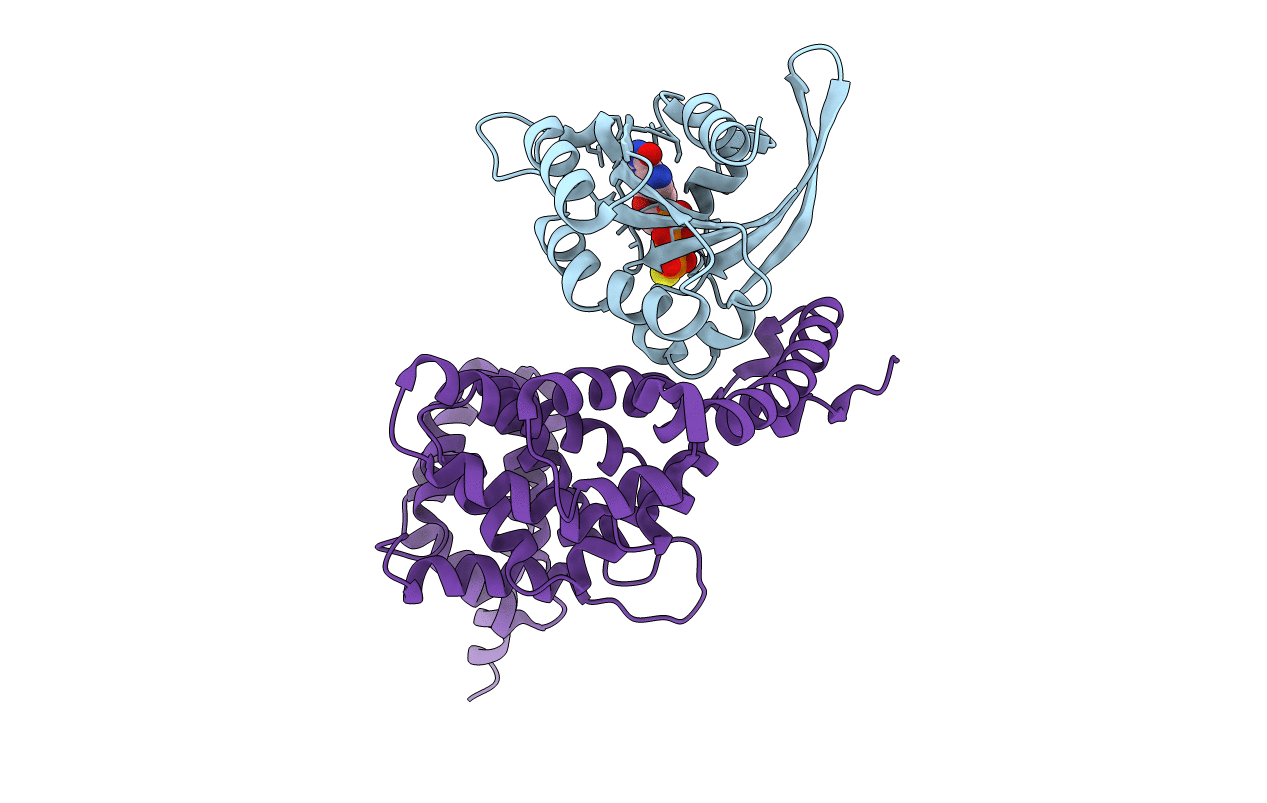
Deposition Date
2012-02-23
Release Date
2012-11-14
Last Version Date
2024-11-20
Entry Detail
PDB ID:
4DVG
Keywords:
Title:
Crystal structure of E. histolytica Formin1 bound to EhRho1-GTPgammaS
Biological Source:
Source Organism:
Entamoeba histolytica (Taxon ID: 5759)
Host Organism:
Method Details:
Experimental Method:
Resolution:
2.60 Å
R-Value Free:
0.25
R-Value Work:
0.21
R-Value Observed:
0.21
Space Group:
P 61


